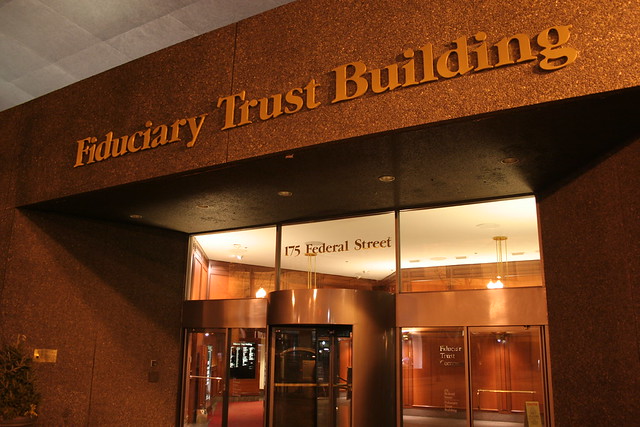Summary
Governance in permissioned distributed ledgers provides a real solution to some of the ad hoc machinations that have occurred recently with non-permissioned blockchains.

This article by Angela Walch from American Banker makes the (excessively snarky) case that distributed ledger developers and miners ought to be held accountable as fiduciaries.
Non-permissioned distributed ledgers like Ethereum will continue to serve important needs, but organizations like banks, insurance companies, credit unions, and others who act as fiduciaries and must meet regulatory requirements, will prefer permissioned ledgers that can provide explicit governance. See Properties of Permissioned and Permissionless Blockchains for more on this.
Governance models for permissioned ledgers should strike a careful balance between what’s in the code and what’s decided by humans. Having everything in code isn’t necessarily the answer. But having humans too heavily involved can open the system up to interference and meddling—both internal and external.
Permissioned ledgers also need to be very clear about what the procedures are for adjudicating problems with the ledger. They can’t be seen as ad hoc or off the cuff. We must have clear dispute resolution procedures and know what disputes the governance system will handle and those it won't.
Governance in permissioned distributed ledgers provides a real solution to some of the ad hoc machinations that have occurred recently with non-permissioned blockchains.




